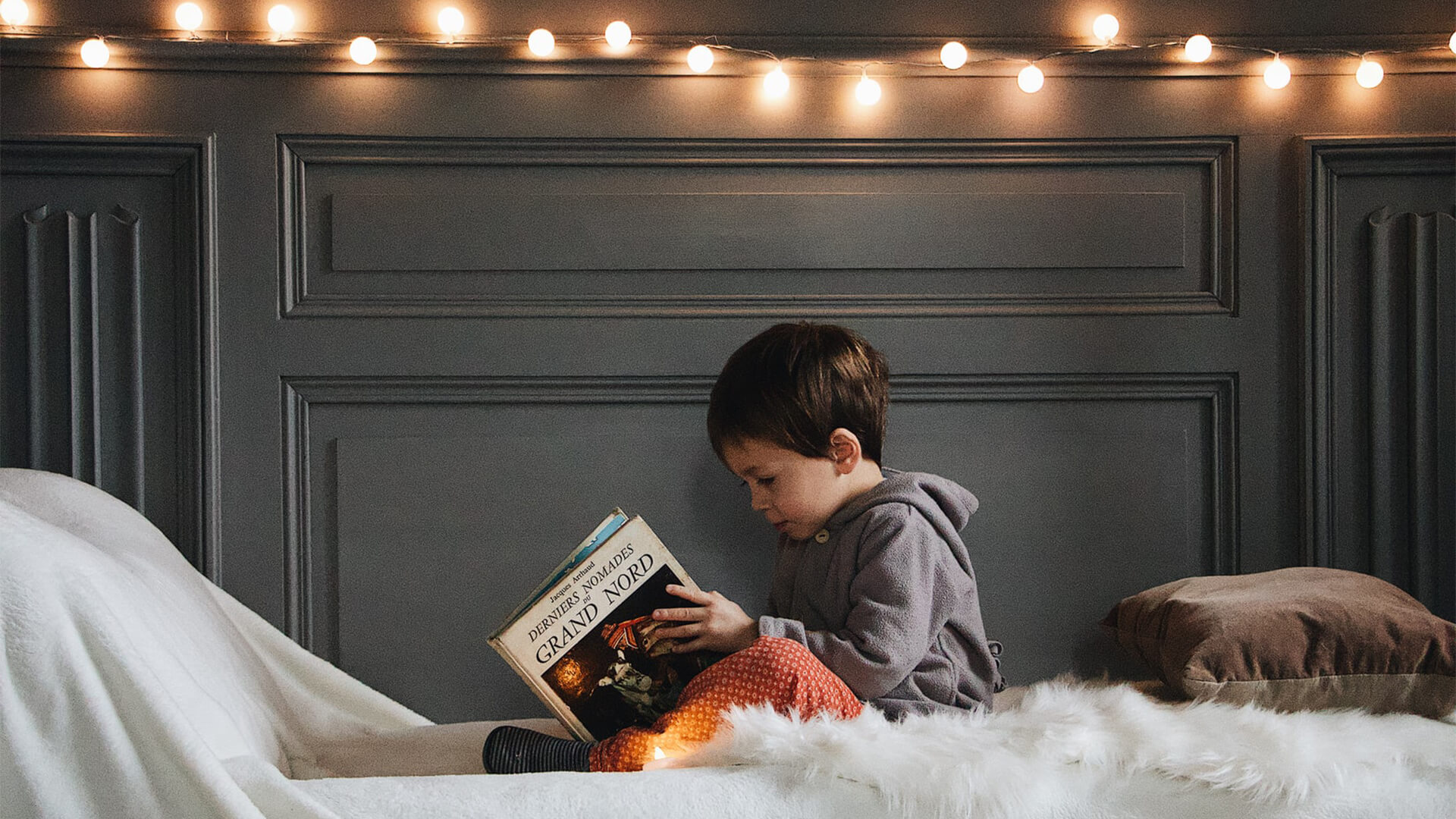
Children’s needs evolve and arranging your little one’s room can feel like a never ending task. Is there a way to do it so it doesn’t change too much? Well, let us advise you on how to lay out and furnish a room according to your child’s age group, and with minimal effort.
A child’s room is like the interior of an entire apartment or house for an adult. It should function for sleeping and playing and, for older children, also for studying and working. First and foremost, however, always keep in mind that the room should have enough storage space. All of this needs to be considered and laid out in a mostly relatively small space, while respecting the basic principles of safety and usability.
Furnishing a child’s room according to age
When furnishing a child’s room, it’s a good idea to make a firm decision about:
- how many years in advance you are designing the room
- how many children the room will be used by
- whether you plan to move the children to another room
Even though you may want to design the room for 10 years ahead, you will have to change some elements according to the child’s current needs. The most costly furnishings, such as storage space or bunk structures, can form the unchanging foundation of the room, and the rest will come and go over time according to the kid’s interests and needs. Storage space is key – invest in some inbuilt wardrobes, or cabinets, that will stand the test of time and hold everything you need.
From birth to two years of age, the needs of the child are pretty basic, in terms of furniture. So there is no need to think of anything extra and a changing table and storage space for clothes and toys in the room will suffice. And, of course, a cot with barriers. Paint the room a nice neutral colour scheme, add some little personal touches like fairy lights or a mobile, and that should be enough for now.
2 – 4 years
At this age, parents usually start to figure out a more complex layout of the room. Especially if the child still has a little sibling with whom they will soon share the room with.
The most important space in a young child’s room is the play area. Children mostly play on the floor, so if the room doesn’t have an all-over carpet, it’s a good idea to get at least a piece of carpet with a non-slip backing.
In addition to space for play, you also need a place to store clothes and toys. Chests, pull-out drawers or plastic boxes are best for toys, as they speed up tidying and are height-accessible even for young children.
5 – 6 years
At this age, it’s time to get your child a desk. The best choice is a desk that you can adjust. A rising desk allows the top to be positioned in height and on most, the top can also be tilted.
The desk should be placed as close to a window as possible. Daylight should flow from left to right for a right-handed person and the opposite for a left-handed person. Good quality artificial lighting is important when there is a lack of daylight and in the evening. And not only the central one, but also a good quality table lamp and a crib lamp, which you will appreciate when reading stories.
7 – 9 years
A child at this age needs a bigger bed. The length should correspond to the standard dimensions of an adult bed (i.e. 200 cm) and the width should be at least 80 cm (but 90 cm or more is optimal if the room is large enough). Your child’s bed will last until they are much older, so invest in a good quality mattress.
The child’s interests are more evident, and should definitely be reflected in the look of the room. Whether it’s a young musician who will appreciate a music stand or band posters, a dancer who will welcome a large mirror, or an artist who needs an easel, each room will look different.
TIP: Child safety nets for the bed serve as an alternative to the classic wooden barriers. You can create your children’s own enclosed space. The net can also be made into a football goal.
10 years and more
Children now spend more and more time in their own room and also need more privacy. If you have more children and are considering when to separate their rooms, around the age of 10 is a good time to do this.
An older child will prefer a room with a larger desk and facilities around it. The toy storage area will become a storage area for clothes. You can also make use of wall cabinets at heights where the child couldn’t reach before. If you get your child a bunk bed, there will be space underneath for a smaller couch for reading or the occasional sleepover for friends.
Be careful with colours
You’re designing a child’s room several years in advance. The cabinetry and large surfaces should therefore be in neutral, natural or easy-to-mix colours. You can complement a neutral cabinet with colourful shelves and doors that will brighten up the cabinet without being ostentatious. You can spice up the interior with a bold painting or wallpaper, but be sparing – bold motifs and colours can quickly become distracting, and usually don’t age well.
TIP: Want your kids to be able to decorate their room with their own pictures? Try black and white wallpaper with frames – it works like a colouring book. Alternatively, you can stick ready-made pictures into the frames. If you stick them on with an adhesive eraser, you can change them as often as you like.
Want to find everything you need for your home in one place? Overwhelmed by the choice of shops, or want to discover new brands? Introducing FAVI – Europe’s leading product search engine for all things furniture, home décor, and garden. We list products from over 2000 trusted, quality retailers Europe-wide – everything you need, on one website. You can find FAVI in 9 countries – the Czech Republic, Slovakia, Poland, Hungary, the UK, Italy, Sweden, Romania and Croatia. Our mission is to save you time when online shopping so you can create a home you dream of.




















